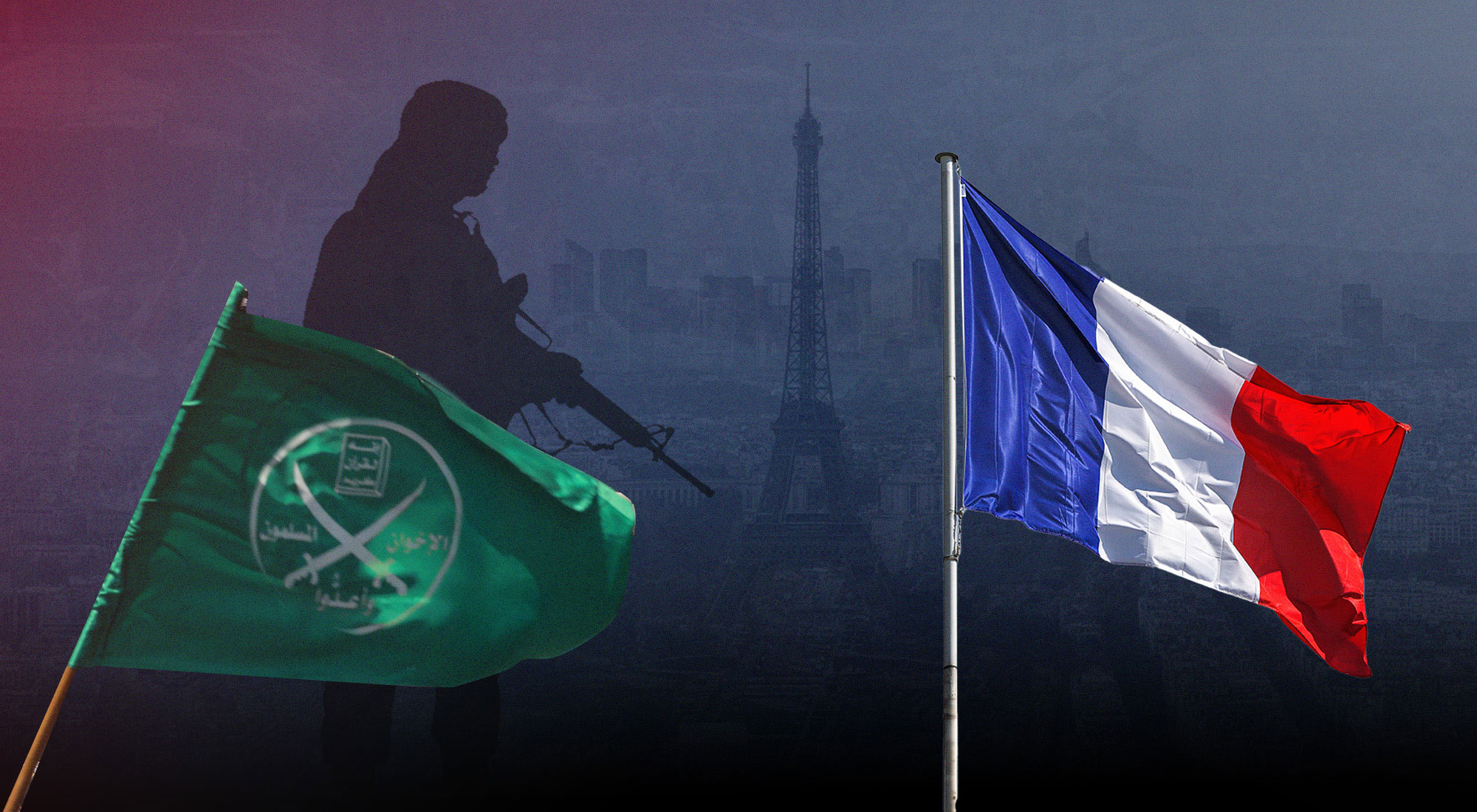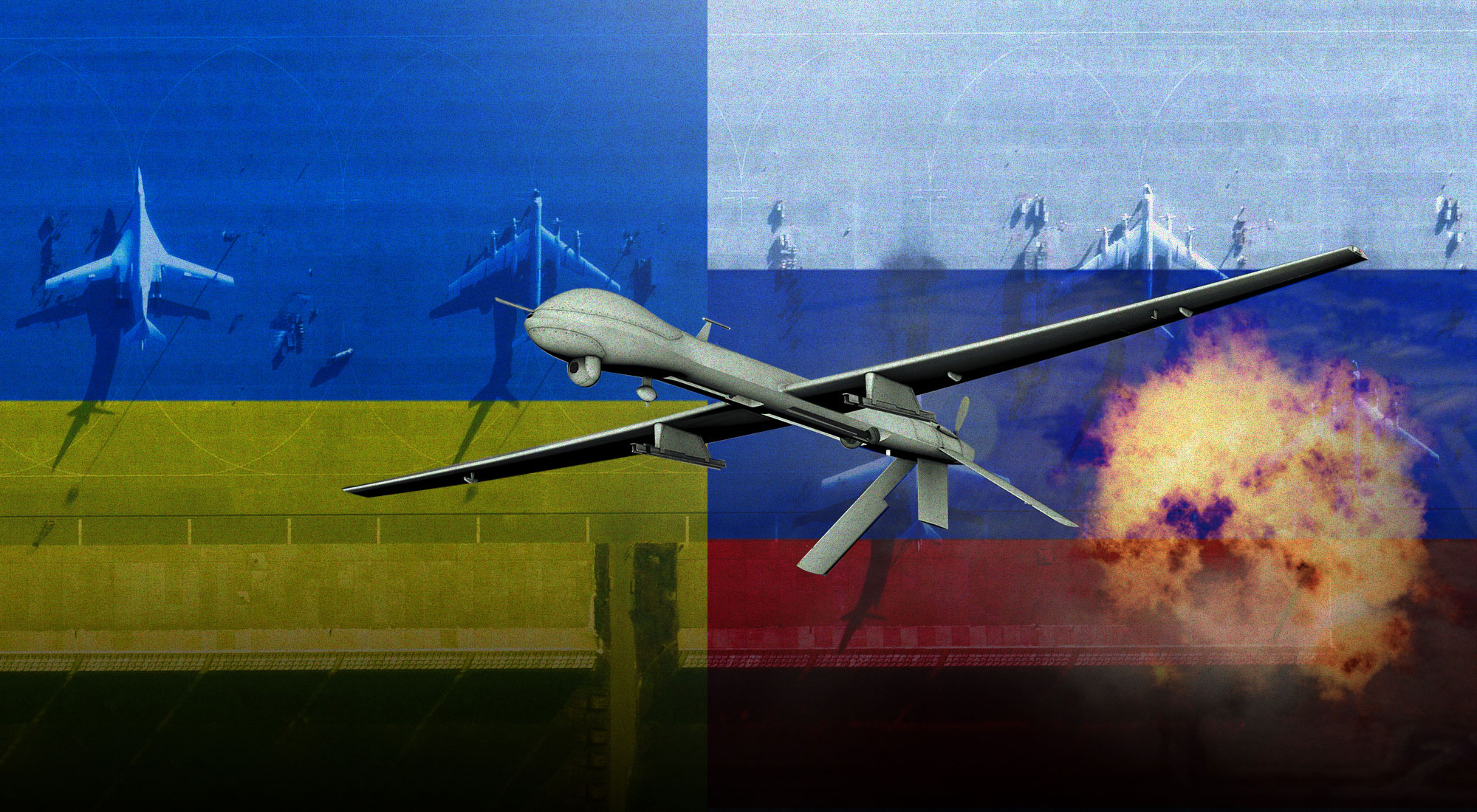It is said that negotiation is the art of letting the other side have your way. In many instances, a negotiating party will make an assumption about the other side’s objectives and decide whether to act accordingly. After a year of indirect negotiations between the US and Iran aimed at reviving the Iran nuclear deal, formally known as the Joint Comprehensive Plan of Action (JCPOA), the talks have reached an almost complete impasse, although both sides have agreed on most issues, and both, with the support of the rest of the P5+1, are in principle interested in reaching an agreement. As it happens, they are finding it difficult to overcome the last few hurdles, which is not uncommon in such complex negotiations as these when vital interests are at stake. The depth of the deadlock was expressed recently by a White House spokesperson, who described the uncertainty among President Biden’s administration about reaching a deal as something that is forcing it to prepare both for a world in which there is a JCPOA, and for a world in which there is not. However, he also added, as no veiled threat, that Washington is adamant that under no circumstances will it allow Iran to manufacture a nuclear weapon, whether or not there is a deal with Tehran.
Two major events continue to influence the pace of the negotiations, the ability to bridge differences, and consequently to finalise the agreement. First is the recent Iranian presidential election, which brought to this powerful role a hard-line cleric, Ebrahim Raisi, who in one of his first acts replaced the negotiation team, which naturally led to a delay and a break in continuity, as well as the introduction of a more uncompromising approach. Second is the war in Ukraine, which has underlined that Russia, although a member of the P5+1, is a major disruptor of world peace rather than a legitimate actor in settling international disputes. Additionally, subject to strict international sanctions itself, Moscow is hoping that should the JCPOA be revived, Russia will not be barred from trading with Iran.
As time passes, while the need for an agreement based on the JCPOA is becoming more urgent, at the same time it is losing its relevance. The sense of urgency is derived from Tehran’s view that America’s withdrawal from the agreement has given it almost a free hand to develop its nuclear capability and bring it to the threshold of becoming a nuclear power. According to various estimates, such a development is likely in a matter of months, if not weeks. Yet, many of the agreement’s restrictions on Iran’s nuclear programme have expiry dates, some of them as soon as the end of 2025, including the lifting of the centrifuge restriction, and five years later, the removal of limits on the amount of low-enriched uranium that Iran can produce. Consequently, should the sides eventually reach an agreement, they will have to return to the table fairly soon afterwards in an attempt to negotiate a JCPOA Mark II, otherwise the best that can be achieved will be no more than a mere postponement of Iran’s acquisition of nuclear military capability. Hence, from the beginning of the negotiations, for both sides to demand that before any progress is made, they must first accept the original JCPOA, is no more than a futile case of arm-twisting and posturing.
Last month, former high-ranking officials from 15 European countries were very clear in their pointed warning that failure to overcome the impasse in the talks could “undo the real and welcome progress made in recent months toward reinstating a non-proliferation achievement that is crucial for international peace and security.”[1] In the years leading to the 2015 JCPOA, which restricted Iran’s nuclear programme and enhanced monitoring in exchange for the lifting of severely punishing sanctions, Iran’s nuclear ambition was one of the main issues that occupied the minds of the international community, and to a large extent rightly so. But nearly seven years later, issues such as climate change, a global pandemic, big-power rivalry, and now Russia’s brutal war on Ukraine, which could spiral out of control, makes Iran’s nuclear plans appear to many, especially those outside the Middle East, as a nuisance distracting them from dealing with more important issues. According to a recent Gallup survey, only 2 percent of respondents in the US see Iran as the country’s greatest enemy, a fraction of the 49 and 32 percent who see China and Russia, respectively, as posing the main threat to their country. Yet, regardless of the negative perceptions that each side has of the other, there is a solid approval rating for the JCPOA, which does not negate the fact that many among the American public, and also among the country’s legislators, are in favour of taking military action against Iran, especially if a deal on its nuclear programme is not reached.
After long months of negotiations, much progress had been achieved by the time the delegations returned to their capitals to wait for the remaining issues to be resolved. However, just when a deal between Washington and Tehran, brokered by the European Union, appeared to be edging closer to a positive conclusion, Russian demands not to sanction trade and military cooperation between itself and Iran over Ukraine, and subsequently Tehran’s demand that its Islamic Revolutionary Guard Corps (IRGC) be removed from Washington’s Foreign Terrorist Organization (FTO) list, threw a spanner into the works. It was reported that Russia’s demands, for the time being, had been resolved, but the IRGC issue remains a stumbling block. For both sides, it is a substantive point of contention as much as a symbolic one, which plays into each country’s domestic politics, and as a result leaves them with very limited room to manoeuvre. Reaching an agreement on the technical issues, among them limiting uranium enrichment and IAEA supervision of Iran’s nuclear sites, seems to be easier to achieve. But this expectation should come with the caveat that, in many ways, restricting enrichment has become less relevant than when the agreement was first signed because of the folly of America’s withdrawal from the agreement three years later, during the Trump presidency, which gave Iran the freedom to develop advanced centrifuges and acquire invaluable further know-how in order to achieve a much higher level of uranium enrichment. This was thanks to a gross miscalculation on the part of the Trump administration’s maximum pressure campaign, which only succeeded in accelerating Iran’s nuclear programme, instead of hindering it. Regardless of whether an agreement is reached, Iran’s knowledge of enrichment to 60% percent purity, which it has produced in small quantities, and to 20% purity, which it has produced in bigger quantities – in both cases well above the 3.67% permitted by the 2015 deal – is bound to be retained, and production could be resumed almost immediately. Instead of mitigating Iran’s regional behaviour, the reimposition of the sanctions resulted in Tehran applying more aggressive policies in the region – including in Yemen, Syria and Lebanon – and attacking civilian oil tankers in the Gulf and oil facilities in Saudi Arabia.
One of Biden’s campaign pledges was that if Tehran returned to strict compliance with the original deal, he as president would rejoin the agreement and make it a centrepiece of his commitment to diplomacy. In the same breath, he also pledged to “effectively push back against Iran’s other destabilising activities.”[2] Removing the foreign terrorist designation for the IRGC would empty that latter promise of any meaning. It was reported that the Biden administration would consider this measure if Iran were to make a “public commitment … to de-escalate in the region.”[3] In the absence of any trust between the US and Iran, or between Iran and America’s ally Israel, and despite some rapprochement between Tehran and a number of GCC countries, there are very few who would bank on de-escalation in terms of Iran reducing its heavy involvement and interference in the political hotspots of the Middle East and its neighbours in the Gulf. There is a genuine fear that removing the sanctions will reopen the revenue stream flowing into the Iranian economy and the government’s coffers, and instead of this being directed towards salvaging the country’s ailing economy, it would be funnelled into increasing Iran’s subversive activities, and to the IRGC that is spearheading these aggressive policies. Since the IRGC is as much an economic and political actor in Iran as it is a military one, an agreement might strengthen its position inside the country, and encourage it, including its Quds Force, to become more dominant. Ali Vaez, an expert at the International Crisis Group and a supporter of a deal, put the dilemma in front of the decision makers: “If you are more concerned about uranium enrichment, then this deal is better than the alternative. If you are more concerned about Iranian enrichment, then you would argue for a no-deal scenario.”[4] It seems that the balance of these negotiations is tilting towards preventing Iran extricating itself from its dire economic straits, instead of stopping its development of nuclear military capability.
The stalemate revolving around the removal of the IRGC’s terrorist status might also have a silver lining of broadening the discussions with Iran beyond the nuclear predicament to include its role and behaviour in the region and how it engages with the world, while accepting that it is a major regional power. It was a fundamental mistake for the US to unilaterally abandon the JCPOA, but this does not mean that the deal did not have flaws, notably leaving the development of ballistic missiles as a grey area and not addressing the issue of Iran as a major power in the region that has to be recognised as such, while setting clear redlines on its subversive behaviour in different parts of the region and the crucial role the IRGC is playing in this. Nevertheless, Iran’s insistence on this measure should be seen as tokenistic because such a move would not change the legal status of the organisation in the US as one that engages in terrorism. It will not remove the IRGC’s 2017 designation as a Specially Designated Global Terrorist (SDGT), nor will its status in US law as a State Sponsor of Terror change. In principle, America’s executive branch can take the step of removing the IRGC from the FTO designation without seeking the approval of Congress, but there is already an initiative in the Senate, mainly by Republicans, to introduce new legislation ensuring Congress has a say in the revocation of FTO designations, a move aimed specifically at preventing President Biden from using his power to remove the IRGC from this list. In the current fragile political balance on Capitol Hill, and a few months before mid-term elections, the Biden administration might be reluctant to take such a step.
For President Raisi, who has a close political relationship with the IRGC and has also realigned strategically with it, his demand for its removal from the FTO list is crucial in getting its leadership’s support for the nuclear deal, but equally its support for himself, and possibly his candidacy when the current role of Supreme Leader becomes vacant. There is no easy way to unblock the current deadlock in the negotiations, but it has created an opportunity to open discussions with Tehran, in full consultation of GCC countries, on receiving guarantees that it will respect the sovereignty and integrity of other countries in the region. This could turn into a significant contribution of a revived JCPOA, equally important as the goal of preventing Iran’s progress to nuclear military capability. The alternative, as we have witnessed over the last four years, is more coercive measures by both sides that are counter-productive to their interests. Iran has made huge strides in its march towards nuclear military capability, while its economy is haemorrhaging. The US and its allies in the region, on the other hand, see a nuclearized Iran as an existential danger and have vowed to ensure this never happens. This might be a recipe for increasing confrontation, including a military one.
The return to the nuclear agreement is currently on a life-support machine and requires both sides to be flexible, and equally important, to build the minimum trust, which is the lifeline for an agreement when so much is at stake. It does not help that both the US and Iranian political systems are complex and unsettled, and that the ability of their leaders to make decisions relies not exclusively on their national interests but on the domestic political considerations they are subject to. Still, this does not negate the importance of reviving a deal that will also alter the dynamic of relations between Iran and the international community near and far.
References
[1] “Open Letter to the US and Iranian Leadership on the Iran Nuclear Deal,” European Leadership Network, April 26, 2022, https://www.europeanleadershipnetwork.org/wp-content/uploads/2022/04/JCPOA-Statement-260422-.pdf.
[2]. Humeyra Pamuk, “U.S.’s Coons Would Back Resuming Iran Nuclear Deal, with Caveats,” Reuters, November 21, 2020, https://www.reuters.com/article/uk-usa-iran-coons-idUKKBN2802MS.
[3] Barak Ravid, “Iran Hasn’t Agreed to U.S. Conditions for Removing IRGC from Terror List,” Axios, March 23, 2022, https://www.axios.com/2022/03/23/us-position-designation-iran-irgc-terror-list.
[4] Colum Lynch, “The Little Iran Nuclear Deal That Couldn’t,” Foreign Policy, April 5, 2022, https://foreignpolicy.com/2022/04/05/iran-nuclear-deal-russia-ukraine/.








